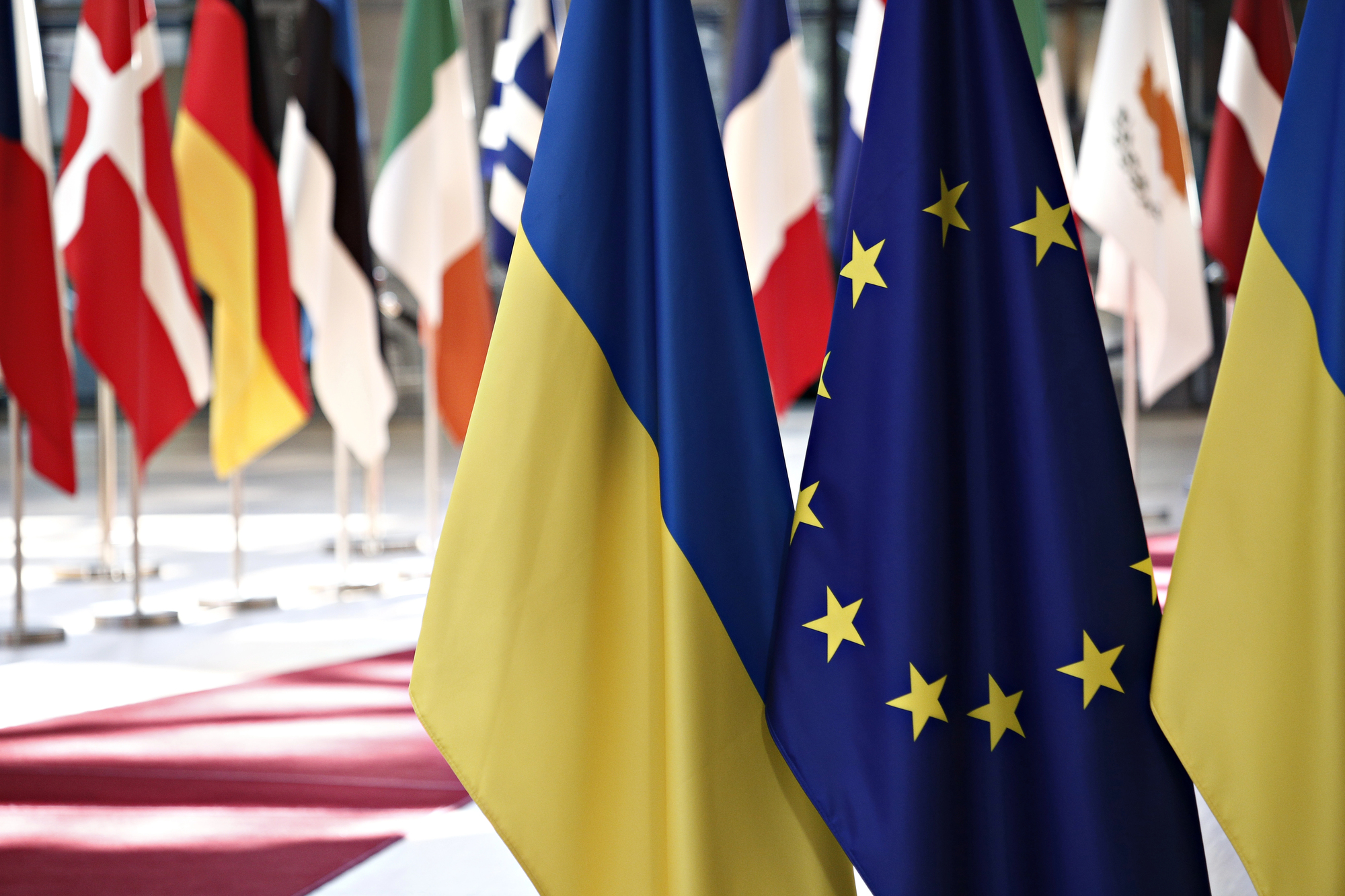There are all too many reasons why devaluation of the national currency would be damaging to the Ukrainian economy today. First of all, it would harm the average citizen – roughly 35% of all the retail loans stock in the country is denominated in foreign currency. It would not stop there apparently: banks would be under significant stress as well. Devaluation would erode their capital via many channels, starting from the mounting hard currency NPLs down to the negative revaluation of their short currency positions (the banking system as a whole is short on currency and especially so in tenures exceeding 3 months – no long dollars for Ukrainian banks today).
Finally, and as some would argue most importantly, devaluation would be troubling for the largest borrower today, the state. With the external government debt exceeding 30%of GDP and likely to grow further, it is only natural that the state of Ukraine is not very keen to devalue.
To reiterate, there are many good reasons not devalue – so many that the National Bank of Ukraine has tried every possible way to keep the hryvnia stable against the hard currencies: spending its precious reserves, forcing exporters to sell their foreign currency proceeds and even directly intimidating the banks who tried to trade above the ‘recommended’ rate. Well, if the goal was to only keep the rate, the strategy worked: the hryvnia has got all but frozen at 12.95 to the US dollar. However, there are valid doubts if this strategy is helping the longer term development of the Ukrainian economy. Some might even say that this is one of the cases when remedy is worse than the illness it was purported to cure. Let us try to understand why.
At this point it is important to make one trivial but crucial observation: exchange rate is just a special sort of price for a special sort of good. As any price it reflects not so much the intentions of some ill-minded speculators, but the balance of supply and demand in the market. When speaking about hryvnia, we should realize that supply and demand are badly out of balance today – according to some local bankers, at the current administratively protected rate the volume of currency buy orders has been likely to outweigh the volume of sell orders by a factor of 7-8 on any given day during the last month. The immediate consequence is that local buyers (mostly importers but also quite a few producers depending on inputs from abroad) are desperately short on hard currency and face an uneasy choice – go out of business (a sad scenario), switch to local suppliers (not always possible and also requires time and investment) or seek currency elsewhere.
‘Elsewhere’ in the previous sentence is of course a clumsy euphemism for the ‘black market’ that has proliferated lately in Ukraine. These ‘off-market’ trades are happening in many forms but the essence is quite simple: exporters (or anyone else long on currency) get directly in touch with those in need of foreign cash, agree on the rate (typically north of 14 hryvnia per dollar), run the deal through a bank at the official rate and settle the difference via fake service contracts. The bank may play a role of an ignorant (and innocent) processing vehicle, but more often it would be a conscious facilitator extracting some sort of benefit from the transaction.
One might ask: evidently, the market is working around the excessive regulation, so why bother? The problem is that along the way the competition in the market gets eroded: the obedient banks and companies (normally those with Western capital or sound corporate governance) get disadvantaged compared to their more ‘liberal’ competitors and effectively take all the burden of the regulation. The winners are not those able to offer the lowest price, but those who can systematically escape the attention of the regulator, for whatever reason. Transaction costs grow, inefficiencies mount, gradually the whole situation starts reflecting on the relative prices and offering in other markets, including those for consumer goods and services.
It should also be apparent from the above discussion that the current ‘administered’ exchange rate policy is not very effective in fighting inflation – with actual rates fixed in the ‘black market’ and inflationary expectations out of the NBU control, the prices do grow, albeit a bit slower. In this situation it is of course possible to extend the price administration practices to other markets, but once you set a foot on this slippery road you are very likely end up with food rations and endless queues in front of gasoline stations.
The inflationary expectations do reflect into the interest rates and availability of credit – in the absence of the market balancing, liquidity is gradually drying out and gets accumulated in the hands of 20-30 banks, either the larger ones or those having less scruples. The liquidity shortage is gradually channeling itself into the real sector, of course, jeopardizing ultimately investment and output dynamics.
Finally, this situation cannot be maintained indefinitely – it is draining the resources of the National Bank. With such a significant misbalance there are simply not enough dollars in the market to satisfy all the askers. The NBU has to intervene, albeit on a limited scale: not so much to maintain the rate, which is standing still anyway, but to prevent the collapse in terms of market volumes. The natural result is declining net foreign reserves – and at current rate of decline they would hardly last for over 3-6 months.
What would happen next? Two scenarios are probable: either rapid devaluation which would likely kick start the hyperinflation (more mature readers would recall something of the sort happening in Ukraine in 1992-1993) or complete market shut down with ensuing liquidity crunch, receivables crisis, proliferation of barter and so on (another situation familiar to Ukrainians who remember 1994-1996 well enough). That way or the other, probably it is not what the banking regulator or the government, in general, aspire to.
Ultimately, the existing problem of the demand overhang in the foreign exchange market can be solved only by inflow of currency – either via strengthening export proceeds or thorough foreign capital inflow. Artificial premium on hryvnia is not helping any of those, in fact it is working in quite the opposite direction: exporters are getting less competitive terms of trade and investors are unwilling to fix their cash outlays at disadvantaged rates. The sooner the market is liberalized, the less significant premium will be accumulated there and the less painful adjustment will be required.
A brief concluding remark is needed here: many, even most, of the people who run the National Bank today are professionals. No news would be revealed to them in this piece, and yet they maintain the administrative restrictions that disrupt the market. Why? It is hard to be sure of course, but the pressure from their peers in the government could explain quite a lot. Concerns of the ministers are valid indeed – rapid devaluation may trigger default on the government debt, a sort of thing that countries at war normally try to avoid. However, as reasoned above, manipulating the foreign exchange market can only postpone the problem, not remedy it. Now, with the election campaign over and the reasonably pro-reformist majority secured in the parliament, the government pressure might be relaxed somewhat – and hopefully the grip of the NBU on the FX market and the banking system in general could be relaxed as well.
P.S. While this article was being prepared, news of the partial liberalization in the currency market has arrived – the NBU introduced daily currency auctions where exchange rate is allowed to float away from the administratively pegged benchmark set previously. From our perspective this is certainly a move in the right direction – and hopefully it is only a first move…
Attention
The author doesn`t work for, consult to, own shares in or receive funding from any company or organization that would benefit from this article, and have no relevant affiliations



